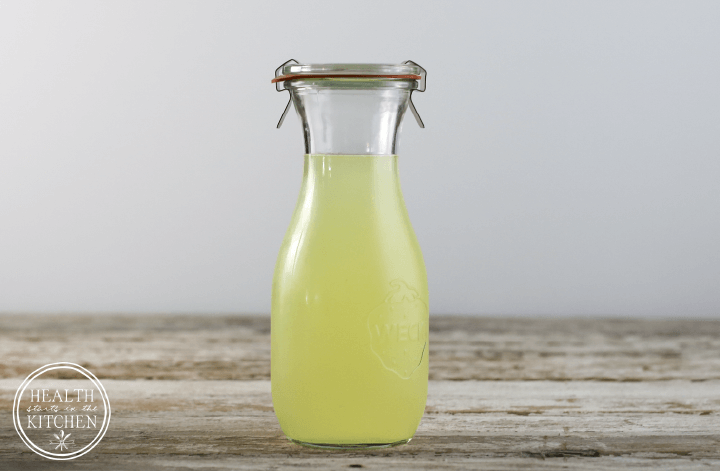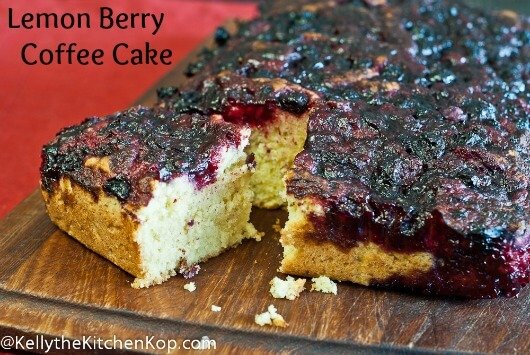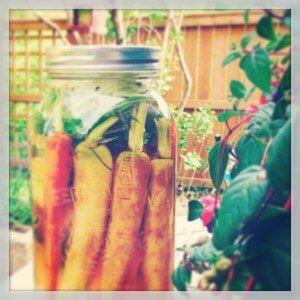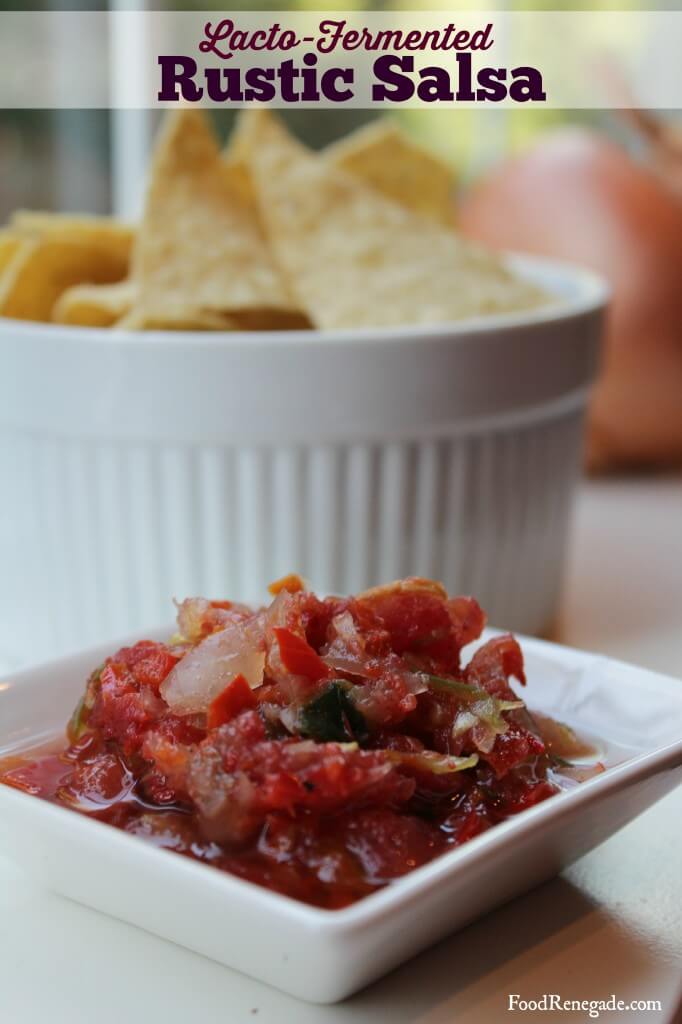
For a long time, the only thing I knew about whey is that Little Miss Muffet ate it alongside her curds while sitting on her tuffet. What I eventually learned is that Little Miss Muffet was supporting her gut with beneficial bacteria and enzymes from the whey. Whey is a central ingredient in many delicious, probiotic rich foods like fermented veggies and lacto-fermented salsa. Many people are initially overwhelmed by the thought of making their own whey, but the process is actually rather straightforward and can save you tons of money in the long run. This pictorial tutorial for how to make whey is perfect for the first-timer. Chances are, you have many of the supplies and ingredients already on hand!
“Whey is often called for as a culture starter in foods like lacto-fermented vegetables, beverages, and grains and flours. It can be obtained from yogurt, kefir, cultured buttermilk, clabbered milk, and some cheeses.
Whey is full of the beneficial bacteria and enzymes found in these cultured dairy products. By using whey, the ferment is inoculated with the specific cultures in the whey.
Making whey is easy. The main objective is to remove any dairy solids from the liquid whey so that it isn’t as perishable.
Equipment:
- Bowl
- fine mesh strainer, tight-weave cloth, coffee filter, cotton bag, butter muslin, or greek yogurt maker
Ingredients:
- Cultured yogurt, kefir, buttermilk, or clabbered raw milk
Instructions:
Place the strainer so that it is sitting atop the rim of the bowl, leaving a few inches of space below the strainer. Unless your strainer is very fine mesh, you’ll want to line the strainer with the cloth or coffee filter. Gently spoon the cultured dairy inside the lined strainer. (I use a greek yogurt strainer)
After a few minutes, the whey should begin slowly dripping into the bowl. The whey should be a translucent pale yellow with no white dairy streaks to it.
If you find that the first straining leaves some of the dairy solids in the whey, simply pour the whey through for a second straining.
Note that the strainer or cloth must be very tightly woven in order to keep the dairy solids from dripping through. Coffee filters and tightly woven tea towels generally work the best if you do not have a greek yogurt strainer like I use.”



Leave a Reply